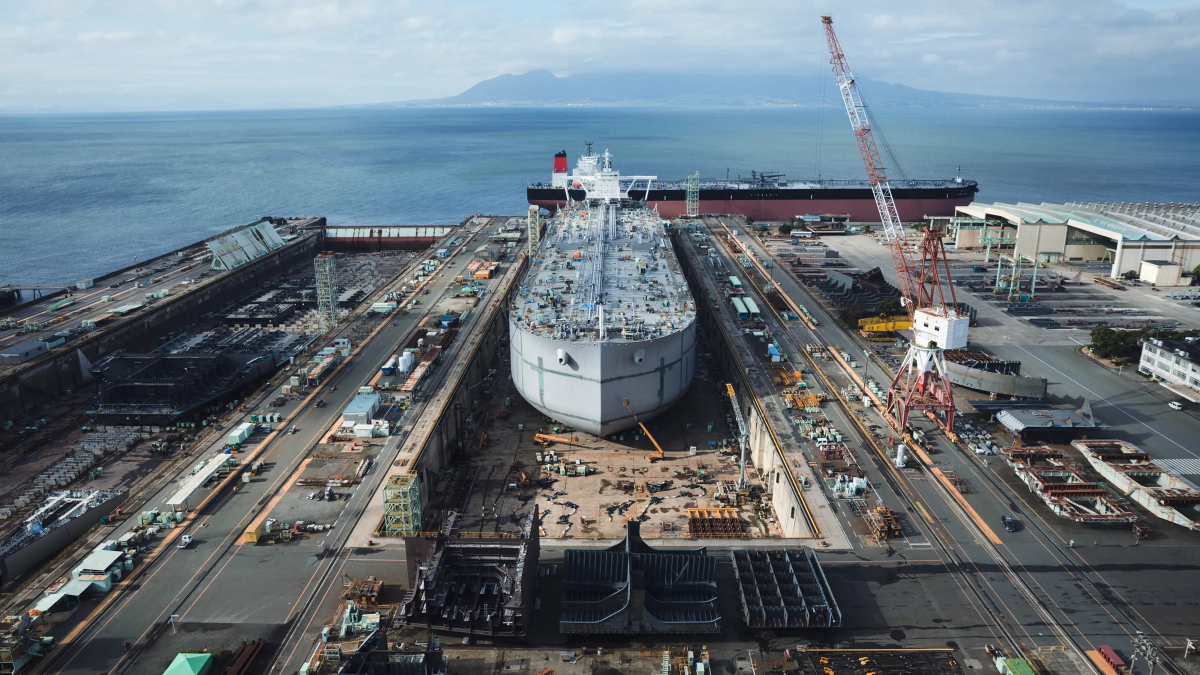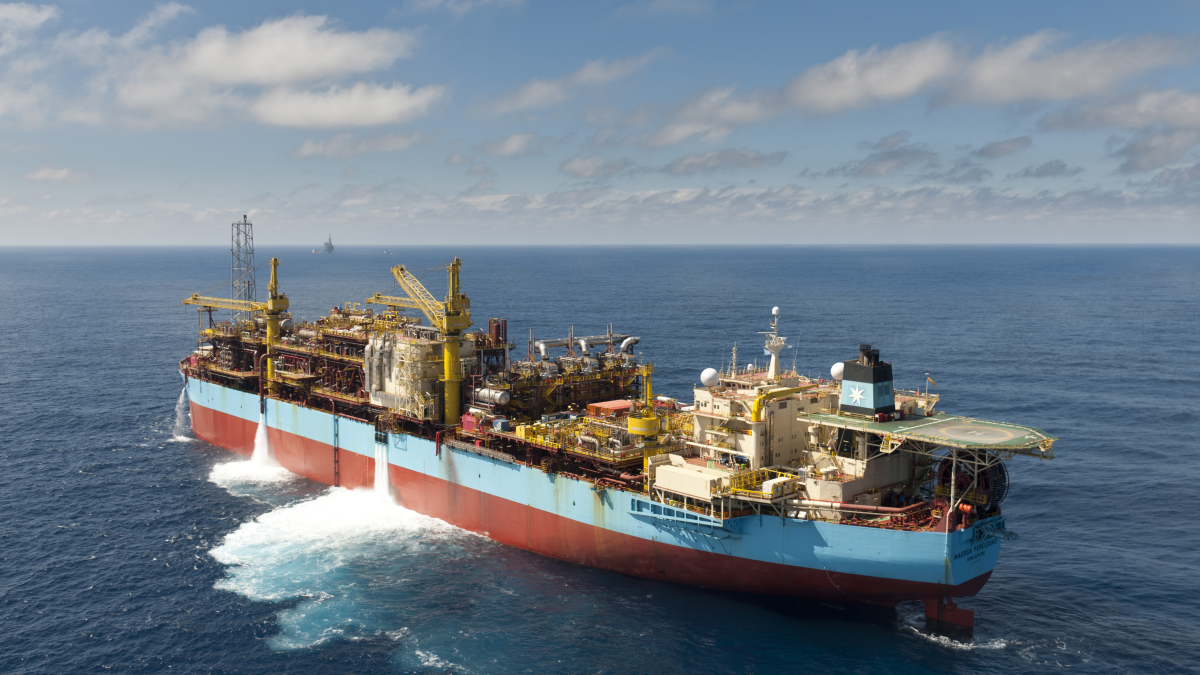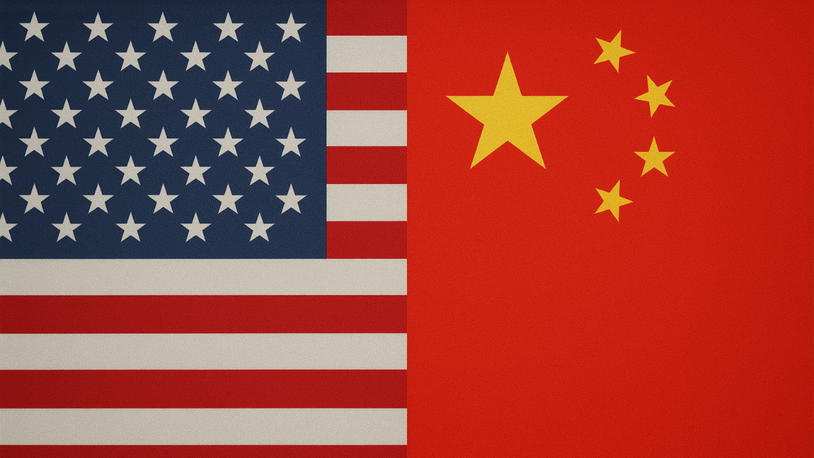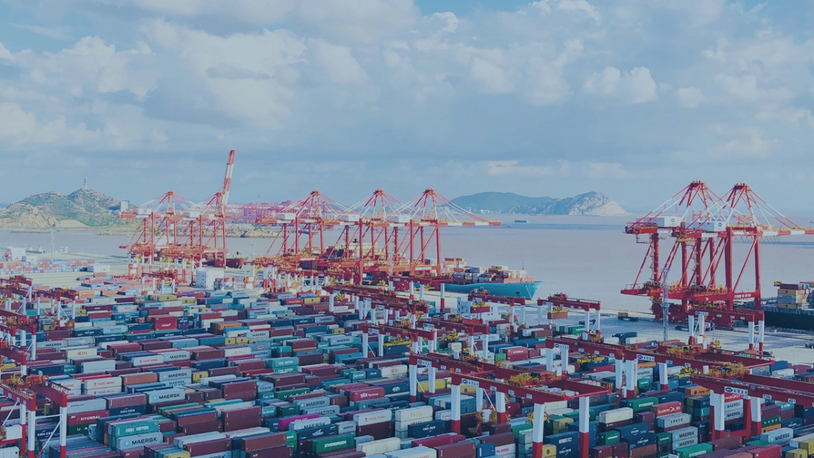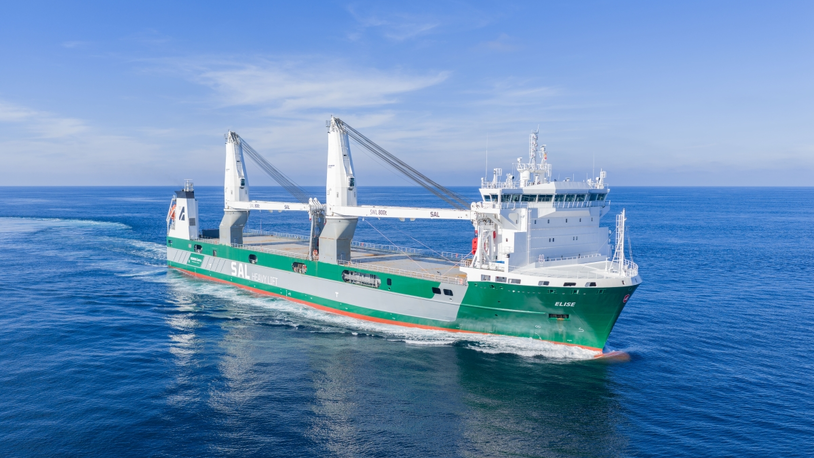Business Sectors
Contents
Register to read more articles.
Digital watchkeepers add a layer of resilience to navigation
Digital watchkeepers provide a secondary layer of visual information to enable bridge teams to make better voyage decisions to improve navigation safety, particularly when ships are sailing in areas with GPS and AIS interference
Shipowners and managers are deploying digital watchkeepers such as Orca AI’s SeaPods on tankers, container ships and bulk carriers for safer navigation and to reduce risks, especially when GPS is jammed and automatic identification system (AIS) information goes dark.
Panellists from shipowners provided their rationale for these investments during Riviera’s When GPS lies and AIS goes dark: rethinking navigation resilience with AI webinar, which was held in association with Orca AI, on 8 September 2025
Orca AI chief technical officer and co-founder Dor Raviv, Seaspan director of marine standards Alfred Gomez, SeaTraders head of the health, safety, security, quality and the environment, Nestoras Grigoropoulos and Ionic managing director Spyros Vlassopoulos.
The panel discussed how GPS and AIS manipulation in geopolitically sensitive regions is impacting ship navigation; how increased vessel traffic in shipping lanes is reducing reaction time and increasing collision risks; and tackled the challenge of navigating in low-visibility conditions such as in fog, heavy rain and during night transits.
They highlighted how traditional bridge electronics, including ECDIS and radar, can be affected by GPS jamming and spoofing; and how artificial intelligence (AI) is improving situational awareness by providing an independent layer of real-time perception based on what is physically present, not just what data systems suggest.
"Crew become more engaged when Orca AI tracks targets and hazards and reduces navigational risks"
Capt Gomez said GPS spoofing and jamming “can happen anytime and anywhere” although many of the latest incidents were in the Arabian Gulf and Red Sea.
“If there are GPS and AIS inaccuracies, bridge teams need to be prepared to use radar overlay on ECDIS and change to using speedlogs and gyrocompasses, reducing their reliance on GPS,” said Capt Gomez.
Orca AI provides another set of visual sensors and information to navigate ships in areas of GPS spoofing.
Mr Raviv said GPS jamming and spoofing was also encountered in the Strait of Hormuz, where ships were unable to use the data for voyages. This was a contributing factor in the collision of tanker Front Eagle into anchored ship Adalynn earlier in 2025. “During the voyage, GPS was being spoofed, which led to a course adjustment and Front Eagle struck the other ship on the aft-port quarter leading to a fire,” said Mr Raviv.
“Orca AI tracks potential collisions and hazards and provides an alert if the GPS signal is unreliable due to detected interference. Crew then need to check the radar and can use camera vision for voyages.”
This overlay information helps crew make informed decisions and “supports safer navigation, even where GPS is unreliable, which increases vessel safety and reduces the risk to life, ship and cargo.”
Bulk carrier deployments
Capt Grigoropoulos said SeaTraders is deploying Orca AI Seapods on its 15 bulk carriers as it embraces digital technologies in its operations. “We can meet tomorrow’s challenges with strong digital tools,” he said, adding SeaPods “on vessels enhance navigation safety”.
They identify potential hazards during ship navigation that are not transmitting AIS information, such as buoys and small craft. SeaPods with thermal cameras detect motion and can track potential hazards in real time which “increases reaction time and clarity” and independently verifies IMO’s anti-collision regulations (Colregs) are being followed.
“Orca AI is a supporting tool, but the officer of watch remains fully responsible,” said Capt Grigoropoulos. “Orca AI is a secondary layer and is integrated into our systems and AI is incorporated into bridge culture. But the master remains ultimately responsible” for navigation safety.
He added AI is not controlling “collision avoidance and does not override Colregs-based decisions”, but it does support bridge teams in taking correct navigational decisions. “AI is not used for navigation,” said Capt Grigoropoulos.
This philosophy helps SeaTraders overcome another challenge of deploying Orca AI: crew scepticism. The shipowner is helping crews “embrace change on vessels” through continuous training and emphasising its benefits as a support tool and another visual layer.
“Crew become more engaged when Orca AI tracks targets and hazards and reduces navigational risks,” said Capt Grigoropoulos. “It is always alert and is there to assist our seafarers as a secondary perception layer. It does not replace the master or the bridge team. We are not replacing people.”
Mr Vlassopoulos said Ionic has installed SeaPods on all its tankers and is rolling these out on the bulk carriers it owns. “We are embracing technology advancements, including Orca AI digital watchkeepers to support seafarers and safer navigation.”
He said initial feedback from using SeaPods on tankers demonstrate its support capabilities as “an aid to navigation to enhance situational awareness”. This is particularly important when ships are navigating in low visibility or when sailing in busy shipping lanes where there is dense sea traffic.
SeaPods provide “information to see through fog and darkness” and help Ionic introduce safeguards to reduce navigational risks. It also helps overcome another challenge in bridge operations: how an abundance of data is overwhelming seafarers.
“A challenge is filtering information, so it is used wisely,” Mr Vlassopoulos said. Another is “maintaining seamanship in technology-heavy environments to ensure traditional maritime expertise remains at the helm.”
He agrees bridge teams should “not rely just on AI” but use this information to prevent safety issues and react quickly to potential risks.
“Around 90% of navigation incidents happen with a pilot on board”
Installing SeaPods improves resilience, enabling crew to rapidly “bounce back with actions” after encountering issues during voyages and guarantees cargo delivery at estimated arrival times.
“Shipowners can turn resilience to commercial strength,” said Mr Vlassopoulos. “AI in navigation becomes a positive to demonstrate resilience and effective navigation to deliver reliability.”
He also thinks bridge teams can be “empowered and not pressured” by AI technology as these are digital tools to support their operations to overcome increasing maritime challenges.
“Seafarers face more complex navigational environments, dense traffic, tight schedules and more hazards,” Mr Vlassopoulos said. There is a “need for human-centred resilience and systematic safeguards. Digital tools must support seafarers, and not overwhelm them.”
Reducing risk in port approaches
Capt Gomez said Orca AI SeaPods are installed across Seaspan’s fleet of 225 commercial vessels including container ships and vehicle carriers. During the webinar, he provided cases where Orca AI information had improved navigation safety when approaching and departing from ports.
“Around 90% of navigation incidents happen with a pilot on board,” he said. This can occur due to pilots boarding late, or leaving early, which can put the ship at risk of grounding or a collision.
Seaspan has a safety team of captains that review Orca AI information from voyages including the arrival and departure of every Seaspan ship from pilot boarding to berth and departure to pilot drop off, said Capt Gomez.
“We started 13 months ago and have reviewed around 17,500 ship arrivals and departures. Passage plans are reviewed for Colregs compliance, interaction with pilots, approach speeds and lateral speeds, then we feedback to our ships if there are challenges,” he said.
“These interactions have enhanced how seafarers navigate, especially when a pilot is on board.”
Capt Gomez highlighted the need for time for master-pilot exchanges and reaction time to issues. Seaspan found some ports where pilots were late boarding and too quick to depart, increasing the risk of container ships striking port infrastructure or grounding.
"Thermal imaging cameras improve visibility even in high density traffic"
“We go back to ports and discuss this with pilots to reduce these risks. Then we find pilots will go to legal pilot boarding ground,” said Capt Gomez. “We support ship staff and empower them to make better decisions.”
Seaspan uses AI to help bridge teams and enhance situation awareness. “Thermal imaging cameras improve visibility even in high density traffic,” said Capt Gomez. “It shows at a glance the top targets in terms of hazard risk. These are coloured red if there are high risks of collision.
“Orca AI provides alerts, such as when approach speeds are higher than in our policy. Bridge teams find this aid to navigation is effective, helping them to make decisions for safe navigation.”
Orca AI also helps Seaspan reduce energy use on its ships as its alerts and information enable seafarers to “avoid actions in ample time, reducing the need for late avoidance, which lowers fuel consumption and helps the environment,” said Capt Gomez.
Webinar poll results
Attendees were asked to vote on a series of poll questions during the webinar. Here is a summary of the results.
What is the most critical gap in current insurance coverage for GPS spoofing incidents?
Ambiguous definition of malicious intent: 14%
Lack of standardised spoofing detection requirements: 37%
Insufficient evidence gathering protocols: 23%
Unclear regulatory compliance standards: 26%
In which geographic regions do you expect GPS/AIS manipulation to pose the greatest threat over the next 3 years?
South China Sea and Taiwan Strait: 19%
Arabian Gulf and Strait of Hormuz: 55%
Eastern Mediterranean: 9%
Baltic Sea approaches: 17%
Which technological advancement would most effectively reduce collision risk in congested ports?
Enhanced AIS with predictive analytics: 31%
Mandatory dynamic positioning systems: 16%
AI-assisted traffic co-ordination: 34%
Real-time weather/current integration: 19%
Who bears primary responsibility for managing GPS spoofing risks in commercial shipping?
Shipowners and technical managers: 63%
Insurance underwriters and P&I clubs: 2%
Flag state and port state authorities: 29%
Technology providers and classification societies: 6%
What should be the industry’s top priority for GPS/AIS security implementation?
Mandatory spoofing detection equipment: 37%
Enhanced crew training protocols: 14%
International regulatory frameworks: 20%
Technology standardisation initiatives: 29%
What is the most significant factor contributing to collision risk in high-traffic pilotage zones?
Inadequate master-pilot information exchange: 21%
Commercial pressure for quick turnarounds: 15%
System limitations in dense traffic: 19%
Insufficient bridge team training: 45%
(source: Riviera Maritime Media)
On the panel of Riviera’s When GPS lies and AIS goes dark: rethinking navigation resilience with AI webinar were (left to right): Orca AI chief technical officer and co-founder Dor Raviv, Seaspan director of marine standards Alfred Gomez, SeaTraders head of the health, safety, security, quality and the environment, Nestoras Grigoropoulos and Ionic managing director Spyros Vlassopoulos.
Events
International Bulk Shipping Conference 2025
Tankers 2030 Conference
Maritime Navigation Innovation Webinar Week
© 2024 Riviera Maritime Media Ltd.





